By Robert Tate, Automotive Historian/Researcher
Images Courtesy of the C.S. Mott Foundation and the Detroit News
Published 11/20/2019
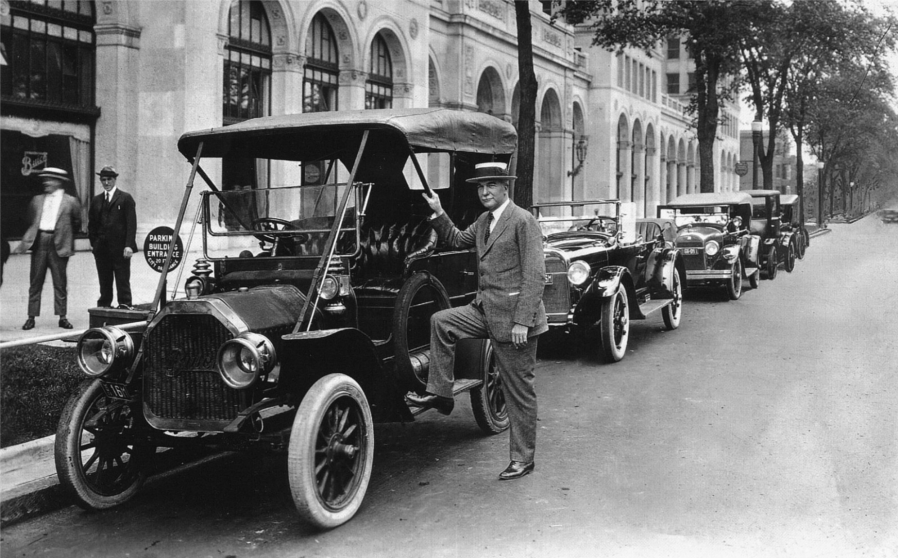 C.S. Mott with an early model Buick
C.S. Mott with an early model Buick
Charles Stewart Mott was a great automotive pioneer that helped put America on wheels. He was born in Newark, New Jersey on June 2, 1875. In 1897, he received his degree in engineering from Stevens Institute of Technology.
At the beginning of his career, Mott worked as a talented engineer with a bicycle wheel and hub manufacturing company. Later, he and his father purchased the company and renamed it the Weston-Mott Company of Utica New York. Upon his father’s death in 1900, Mott became plant superintendent and corporate secretary of the company.
 C.S. Mott in a Buick during the 1939 Parade of Progress (Mott Foundation)
C.S. Mott in a Buick during the 1939 Parade of Progress (Mott Foundation)
As the horse and buggy days began to wind down, Weston-Mott began making complete wire wheel and axle assemblies for the fledgling automobile industry. The first order of 500 wire wheel sets was from Olds Motor Works for their curved dash Olds, which was becoming very popular.
Wire wheels proved to be short-lived, as the automobile manufacturers shifted to wooden wheels because of their superior strength. Some automotive historians said that the automakers also required their suppliers to provide rear chain drive and front axles for assembly. This change would entail an extensive addition to Weston-Mott’s product line.
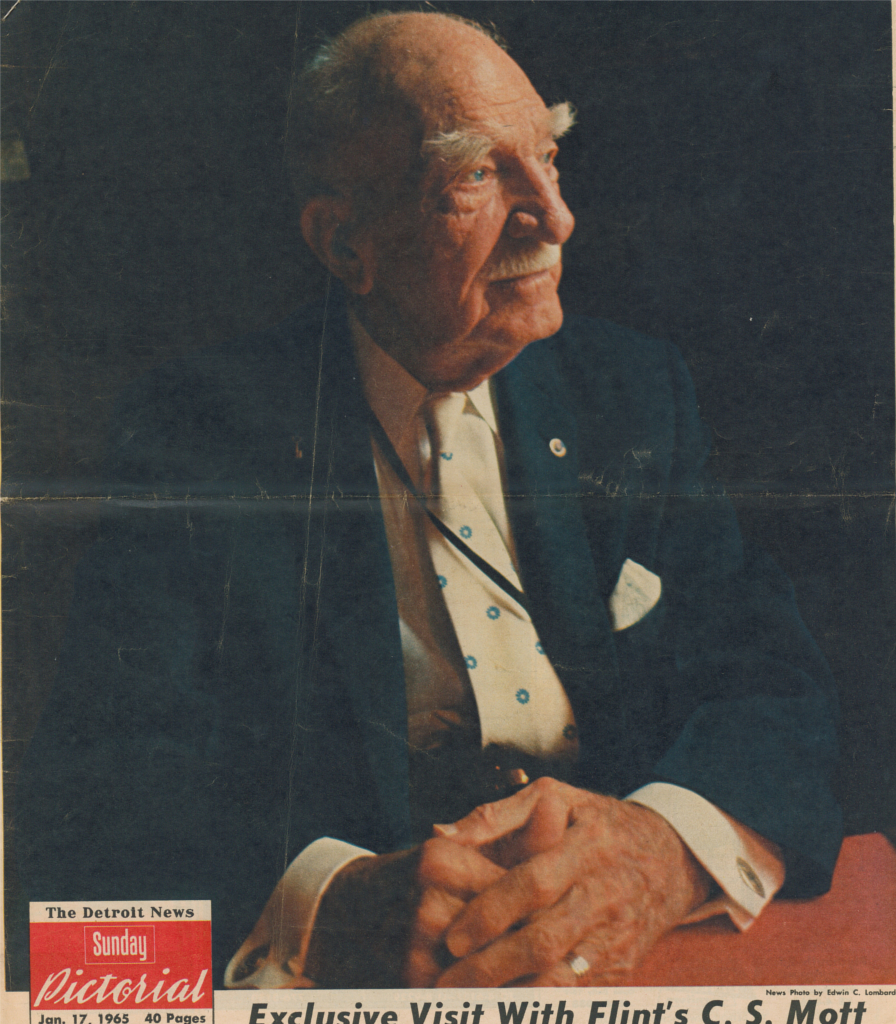 C.S. Mott in 1965 (The Detroit News)
C.S. Mott in 1965 (The Detroit News)
After many hours of hard work and visiting many other automotive manufacturers, Weston-Mott turned out its first wooden wheels with a chain drive axle assembly. As demand increased, the company subcontracted production of bearings and gears to the Hyatt Roller Bearing and Brown-Lipe Companies.
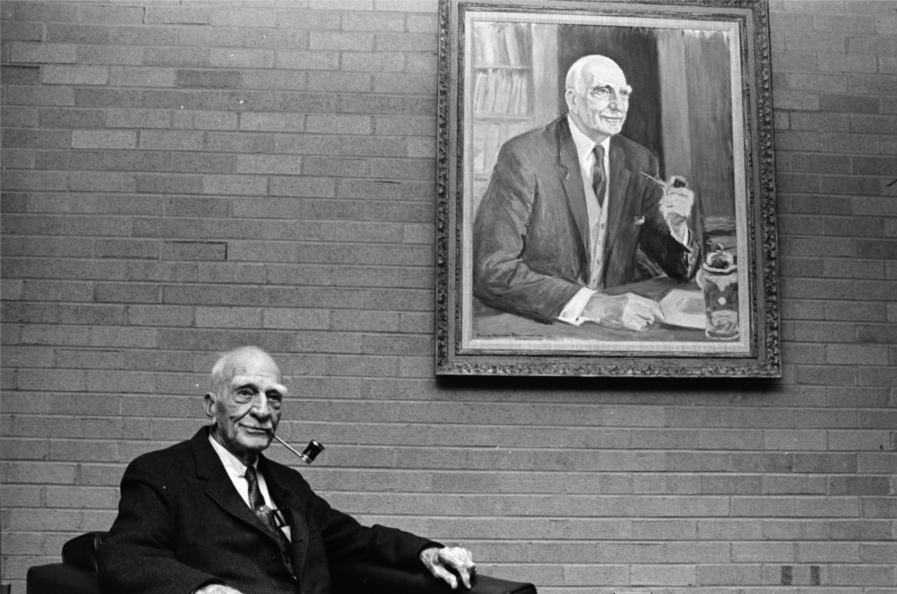 Mott with his portrait
Mott with his portrait
In 1905, William Durant, who had gained control of Buick Motors with his partner J. Dallas Dort, approached Mott about building a Weston-Mott plant in Flint, Michigan next to the Buick plant. Mott needed the additional space to increase production. By 1906, the factory was up and running, supplying Buick and other automakers with wheels and axles.
In 1912, Mott was elected to a two-year term as mayor of Flint, and, the next year, he became a member of General Motors’ board of directors, serving for 60 years until his death in 1973. In 1918, he was again elected mayor of Flint, serving two more terms. From 1924 to 1934, he was appointed civilian aide for Michigan to the Secretary of War.
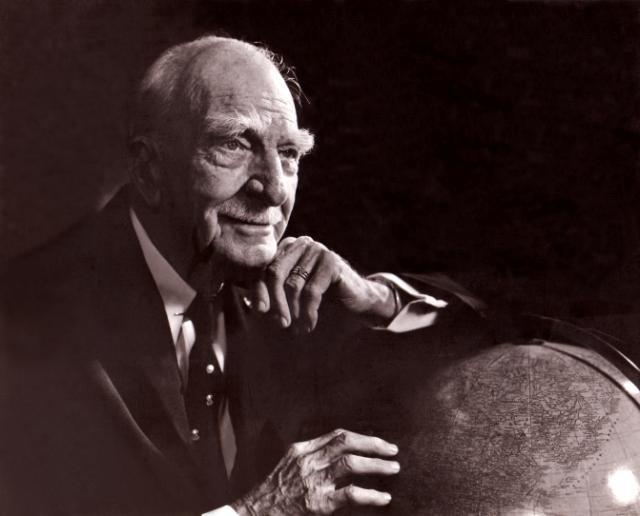 Mott with a globe
Mott with a globe
Some automotive historians have said Mott had a passion for saving and simply could not tolerate waste in any form. He admired one automobile, the Corvair, because it was easy on gas and simple to drive. In his eyes, it was better than a Cadillac.
Charles Stewart Mott’s legacy was an example of how, through hard work, a strong business plain and a great vision, to create a great company that makes a great product. Another part of his legacy is the Charles Stewart Mott Foundation, established in 1926 with a $320,000 endowment. Today, the Foundation has more than $3 billion in assets, offices in three countries and a legacy of working with local organizations to strengthen communities around the world. The Foundation has awarded grants totaling more than $3.2 billion to organizations in 62 countries.
In conclusion, Mott will always be one of the pioneers of the automotive history.
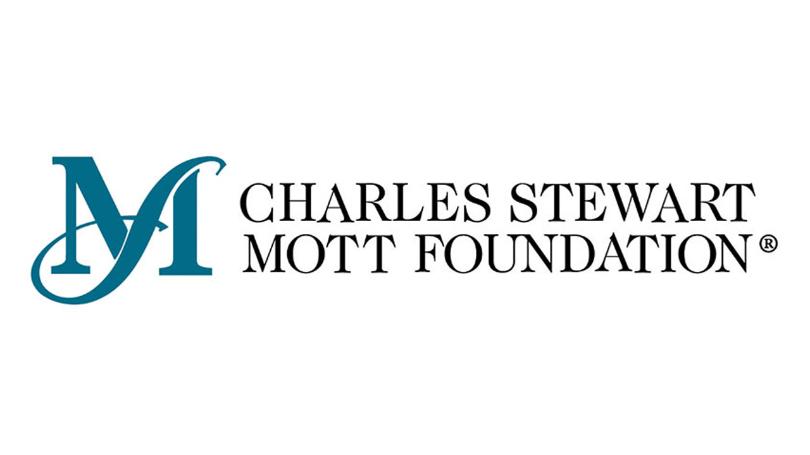 Charles Stewart Mott Foundation logo
Charles Stewart Mott Foundation logo
Bibliography
“Charles Stewart Mott Automotive Pioneer Builder of Community.” Ruth Mott Foundation, Flint, MI.
Rothenberg, Al. “Memories of Mott.” Ward’s Auto World, April, 1973 pgs. 54-55.



